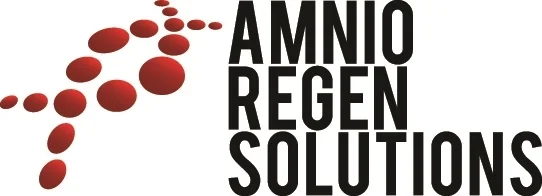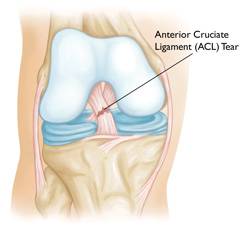Commonly Treated Injuries
Achilles Tendon Injuries
The Achilles tendon is one of the longer tendons in your body, stretching from the bones of your heel to your calf muscles. You can feel it -- a springy band of tissue at the back of your ankle and above your heel. It allows you to extend your foot and point your toes to the floor. Unfortunately, it's a commonly injured tendon. Many Achilles tendon injuries are caused by tendinitis, in which the tendon becomes swollen and painful. In a severe Achilles tendon injury, too much force on the tendon can cause it to tear partially or rupture completely.
Achilles tendinitis that does not heal with self-care measures and the preliminary treatment options will require surgery. It is estimated that approximately 46,000 individuals require Achilles tendon repair surgery in the US annually. Surgery and follow-up treatment costs add up to approximately $40,000 per case.
The recovery process after surgery is lengthy, requiring up to a year, and even then 20% cases report the need for additional surgery. Following surgery, patients cannot resume normal leg activity, and this in turn increases the risk of atrophy. Adhesions may also form at the surgery site due to inactivity, and may decrease functional recovery.
Given this scenario, amnion-derived treatments have proven ideal for patients with Achilles tendinitis and tendonosis by speeding up the recovery process and facilitating a more complete healing following surgery.
Click to View Study: Amniotic Membrane Tissue During Repair of Posterior Tibial & Achilles Tendons
ACL/MCL Injury
ACL stands for the Anterior Cruciate Ligament; a major stabilizing ligament of the knee.
Orthopedic surgeons reconstruct this ligament when it ruptures. Ligament injuries are common among athletes, and can also occur by twisting the knee the wrong way.
During this procedure, the surgeon will remove the torn ligament, using your own tissue or the tissue of an organ donor to make a new ACL. He or she will attach the new ligament to the bone with screws or other devices to hold it in place. As your knee heals, the bone tunnels created by the surgeon to bring new tissue through will start filling in, securing the new ligament.
Click to View Article: Amniotic Membrane Used To Repair Human Articular Cartilage
Rotator Cuff Injury
Rotator cuff (muscles and tendons of the shoulder) are vulnerable to tears, impingement and related injuries. Rotator cuff injuries vary from mild tendon inflammation ( rotator cuff tendonitis), shoulder bursitis (inflamed bursa), calcific tendonitis (bone forming within the rotator cuff tendon) to partial and full thickness rotator cuff tears, which may require rotator cuff surgery.
Tendons, ligaments, and cartilage of the shoulder are virtually avascular meaning they have no blood supply and/or vessels to transport new nutrients and 'building blocks' like protein to rebuild and repair damage, making full recovery a generally lengthy process.
Through the use of amnion-derived regenerative treatments, physicians can introduce a high concentration of Growth Factors, proteins, cytokines, and essential nutrients that help speed healing by providing your body a direct, potent source of these essential 'building blocks' for tissue regeneration.
Click to View Study: Biologically Enhanced Healing of the Rotator Cuff
Improving Outcomes with Amnio Technology
Amnio therapy has been effective in healing ligament, tendon, cartilage, and soft tissue injury. Amnion-derived therapies work by releasing essential Growth Factors as well as recruiting stem cells to the site of damage to promote tissue regeneration. Stem cells are primitive cells that can undergo differentiation to form different types of cells in the body, such as bone, blood, cartilage, tendon, ligaments, etc. These cells are responsible for healing damaged tissue by generating new healthy cells. However, with age, the body loses its ability to attract enough stem cells to the site of injury. In this regard, amnio therapy therapy delivers a high concentration of proteins, carbohydrates, cytokines, keratinocytes and growth factors to feed stem cells at the affected area to promote rapid, natural healing.
Other Common Injuries as Noted In Published Medical Literature
Rotator Cuff Syndrome
ACL/MCL Tears of the Knee
Meniscal Tears
Plantar Fasciitis
UCL Tears of the Elbow
Ankle Sprains and Stress Fractures
Hamstring Pulls or Tears
Hip Disorders
Achilles Tendon Injuries
Tendonitis
Muscle Strains and Sprains
Golf & Tennis Related Injuries




